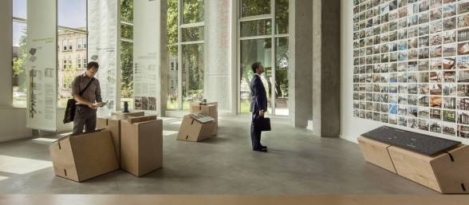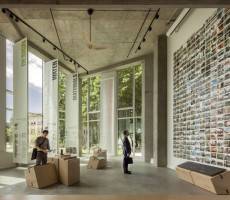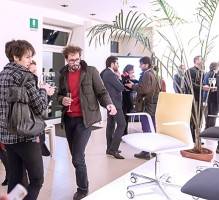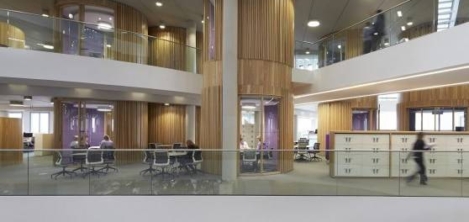August 18, 2015
Car sharing and longer commutes are the keys to workforce mobility 0
 The Government should introduce new policies to incentivise people to car share and travel further afield to find work. Those are two of the key finding of a new report, On The Move, from the think tank Policy Exchange which sets out ways to improve the mobility of the British workforce. Making it easier for people to commute twenty minutes further afield would put them in touch with at least one additional major urban area and potentially 10,000 more job opportunities, according to the report. Additionally, it suggests that drivers who offer fellow commuters a lift should be given a tax break. The authors claim that in a third of local authorities that make up the eight city regions no major employment sites (defined as having 5,000 or more jobs) are within a twenty minute commute by public transport and 80 percent of these Local Authorities have an unemployment rate above the national average.
The Government should introduce new policies to incentivise people to car share and travel further afield to find work. Those are two of the key finding of a new report, On The Move, from the think tank Policy Exchange which sets out ways to improve the mobility of the British workforce. Making it easier for people to commute twenty minutes further afield would put them in touch with at least one additional major urban area and potentially 10,000 more job opportunities, according to the report. Additionally, it suggests that drivers who offer fellow commuters a lift should be given a tax break. The authors claim that in a third of local authorities that make up the eight city regions no major employment sites (defined as having 5,000 or more jobs) are within a twenty minute commute by public transport and 80 percent of these Local Authorities have an unemployment rate above the national average.

























September 2, 2015
We need to do more than pay lip service to workplace wellbeing 0
by Ann Clarke • Case studies, Comment, Wellbeing, Workplace design
(more…)